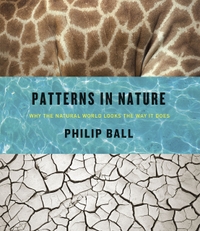Curiosity: How Science Became Interested in Everything
Philip Ball. Univ. of Chicago, $35 (480p) ISBN 978-0-226-04579-5
Freelance writer Ball (Critical Mass) worked for 20 years as an editor at Nature, a magazine essentially dedicated to fostering and satisfying the curiosity of everyone from would-be E.O. Wilsons to, well, E.O. Wilson. But according to Ball, the curious haven’t always been held in high esteem—in the classical world, the curious person was regarded as “a meddler and a nuisance or hazard to society.” That may sometimes be the case—the image of a cheap chemistry set blowing up in an inquisitive kid’s face is a familiar one—but the world has benefited enormously from those who shirked the status quo, risked religious condemnation, and pursued wild ideas til they became accepted knowledge. Focusing on the 16th and 18th centuries, Ball looks at the transformation of curiosity from stigma to scientific stimulus through a survey of important figures like Francis Bacon, Galileo, and Descartes, as well as critical inventions and discoveries, including the telescope and supernovae. Ball also traces the evolution of the scientific method, and shows how even respected thinkers like philosopher Thomas Hobbes refused to believe that experimentation could uncover truth. This history of wonder is at times too dense for even dedicated meddlers, but those willing to stay the course will find their curiosity alternately sated and piqued. 38 halftones, 5 line drawings. (Apr.)
Details
Reviewed on: 02/25/2013
Genre: Nonfiction
Hardcover - 465 pages - 978-1-84792-172-7
Open Ebook - 480 pages - 978-1-4481-2955-3
Other - 474 pages - 978-0-226-04582-5
Paperback - 480 pages - 978-0-226-21169-5
Paperback - 480 pages - 978-0-09-955427-1


